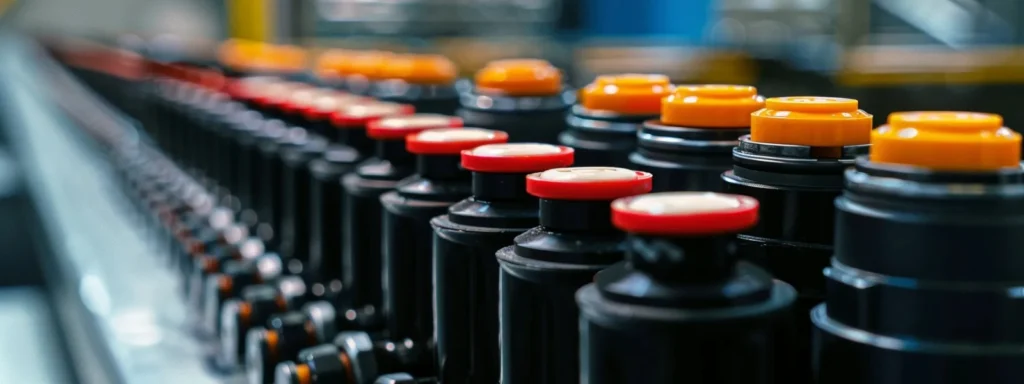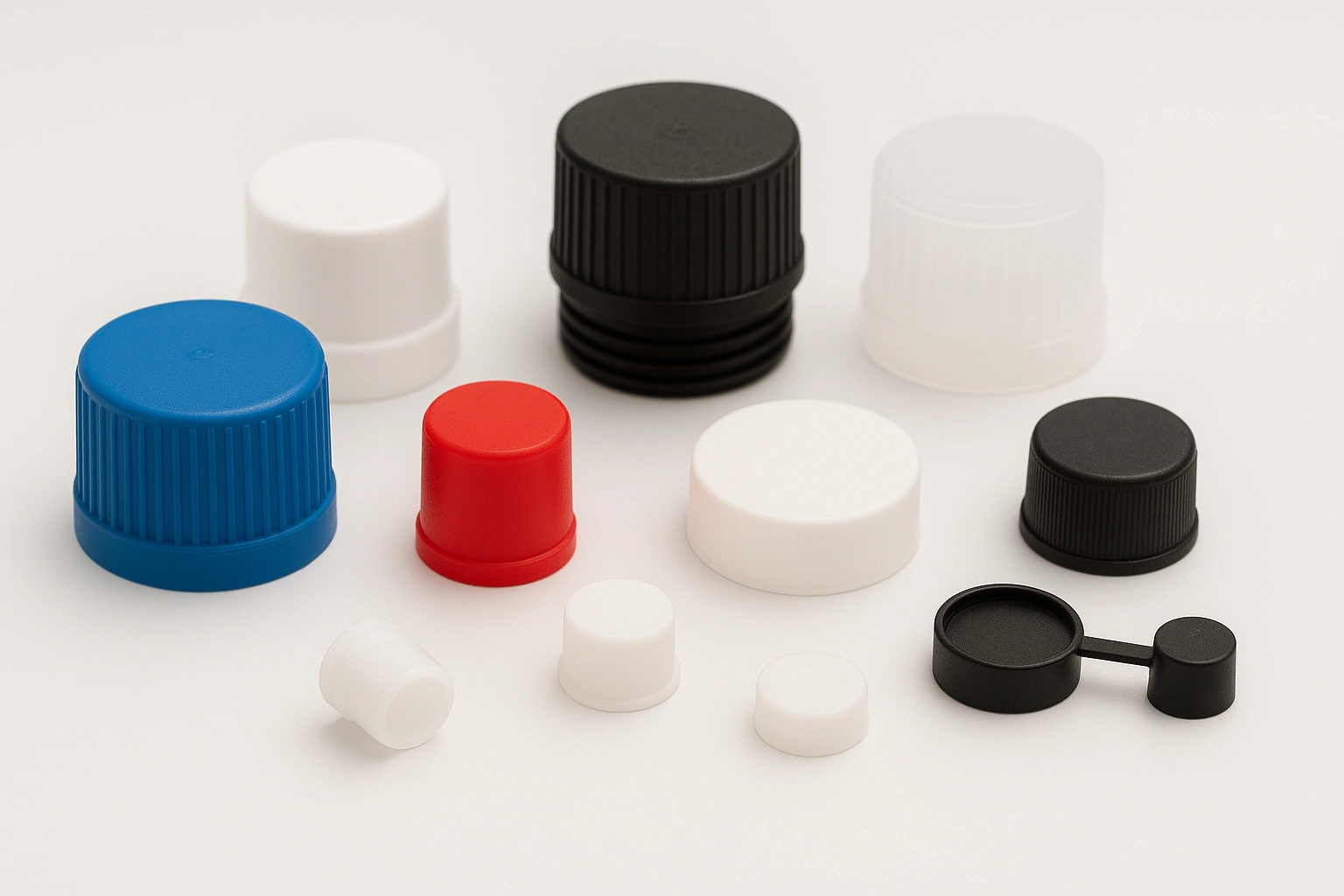In a vast array of industries, contamination control is pivotal for maintaining product integrity and ensuring public health. Caps and plugs play an unsung yet vital role in achieving this end. These small but critical components are engineered to protect against the ingress of contaminants that can compromise equipment and products. From the simplicity of a bottle cap to the precision of hydraulic system plugs, their functions are as diverse as their applications. Below, we delve into why these components are more than just accessories; they are essential for preventing contamination.
Table of Contents
Understanding Caps and Plugs: A Primer on Their Critical Role in Industry
When it comes to industrial applications, caps and plugs serve a deceptively straightforward purpose: they seal off openings. In practice, however, their responsibility is far-reaching. Caps are typically used to cover the ends of pipes, tubes, and containers, protecting the contents from external contaminants and preventing leaks. Plugs are inserted into an opening, playing a similar role, but often with a focus on internal systems, such as protecting a machine’s internals during maintenance or shipping.
Manufactured in various sizes, shapes, and materials, caps and plugs must be matched to their specific application to ensure maximum effectiveness. For example, caplugs designed for medical equipment are often made of materials that can withstand sterilization processes. In the automotive sector, oil and fuel line caps and plugs prevent residual contaminants from degrading performance.
These components not only protect against particulates, dirt, and debris but also protect the durability of the product itself. Caps and plugs made from resilient materials can withstand harsh chemicals and temperatures, a necessity in the demanding environments found in many industries. This resilience prolongs the lifespan of the components they protect, which translates to a reduction in the need for repairs and replacements.
The safe transportation of products is another critical application for caps and plugs. They ensure that during transit, whether across the factory floor or around the world, the integrity of components and consumables is maintained. Without them, the risk of contamination and damage grows exponentially, highlighting their importance in a globalized supply chain.
The Science of Contamination Prevention With Caps and Plugs

The efficacy of caps and plugs in contamination prevention stems from the science behind their design and materials. It begins with an understanding of the types of contaminants that threaten the integrity of industrial processes, such as dust, moisture, chemicals, and biological matter. Caps and plugs act as physical barriers against these contaminants, preventing them from entering sensitive areas where they can cause damage or contamination.
Selecting the right material for caps and plugs is a science in itself. Depending on the environment, these components may need to be composed of materials that can withstand extreme temperatures, pressures, or corrosive substances. For instance, silicone plugs can endure high temperatures, making them suitable for applications involving heat treatment or powder coating processes, where other materials might degrade or melt.
The design of caps and plugs is just as important as material selection. A well-designed cap or plug provides a secure fit that remains tight under varying conditions without compromising the functionality of the part it protects. This can involve intricate features such as ribbed sides for a better grip and easier installation or removal.
Also Read : Comparing Altify and Salesforce Account Plan Solutions
Caps and Plugs: An Investment in Safety and Purity in Manufacturing Processes

The use of caps and plugs is also a sound financial investment. By mitigating risks associated with contamination, these components help industries avoid potential losses resulting from product recalls, equipment malfunctions, or tainted production batches. Consider the costs of downtime and repair in a high-volume manufacturing operation, and caps and plugs offer a cost-effective strategy to avoid such expensive disruptions.
In manufacturing environments where contamination can compromise safety and purity, caps and plugs are the first line of defense. Their role is particularly crucial in the pharmaceutical and food and beverage industries, where product purity is of paramount importance. Here, caps and plugs must adhere to stringent regulatory standards, often demanding the use of FDA-approved materials.
Beyond their financial merits, caps and plugs are integral to workplace safety. By securely sealing hydraulic lines, fuel tanks, and other hazardous systems, they prevent spills and leaks that could endanger employees and the environment. Ensuring these components are properly utilized can mitigate the risk of workplace accidents and the resulting liabilities.
Caps and plugs are more than just peripheral components; they are essential tools in the continual fight against contamination. Their proper selection, implementation, and maintenance are investments with returns measured in the safety, purity, and reliability of countless products and processes. The protection they afford to a company’s operations and reputation is invaluable, substantiating their role as unsung heroes of industry.

